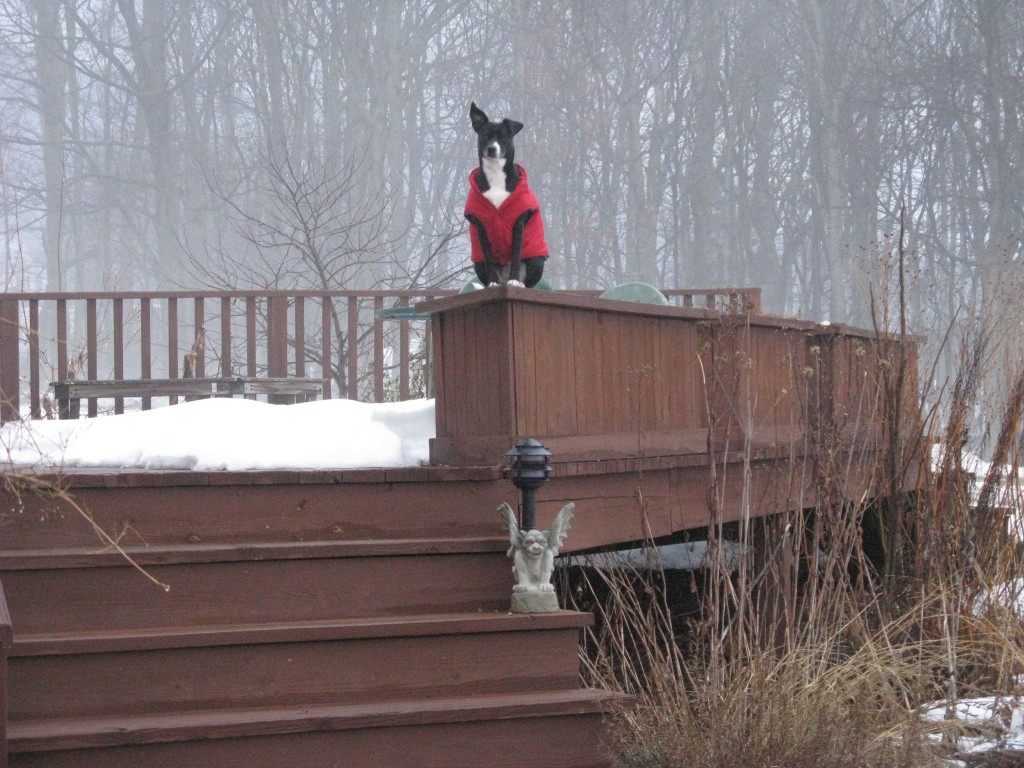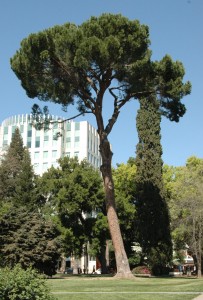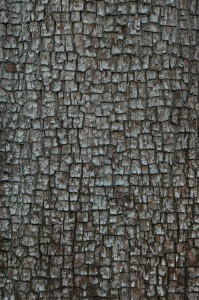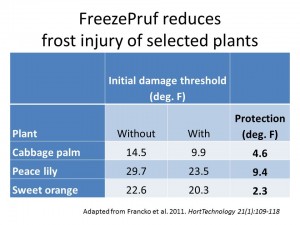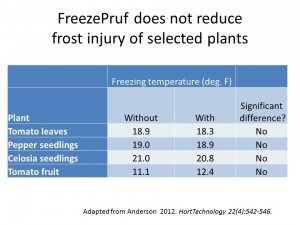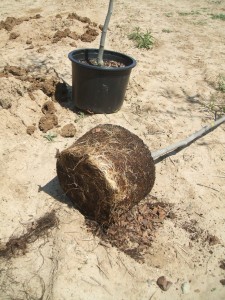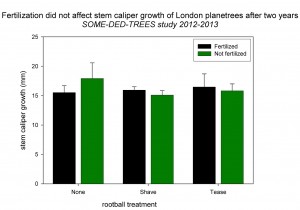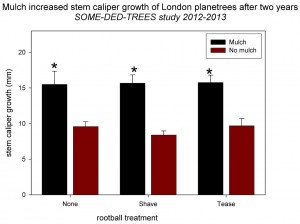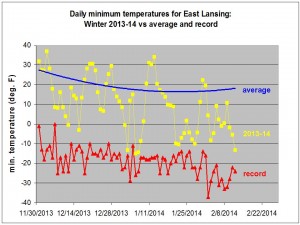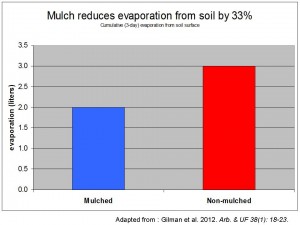
I attempted to clean up our little home greenhouse over the holiday break. There’s no good place to recycle pots around here, and I hate throwing them away…so I suffer from container build-up. Figured I’d sort through the haphazard pile in the corner of the greenhouse, wash and re-stack the useable ones, and finally ditch the busted ones.
As I started separating the first stack, I noted a tiny flash of red. It is well-known and oft-reported among my gardening and grower buddies that the Southern Black Widow (Latrodectus mactans) really enjoys a nice stack of grubby pots. But I hadn’t seen one in quite a while, and not at our current location.
Boy, did I hit the jackpot.

I’m not afraid of spiders. At all. Quite fond of them, actually – they are immensely useful and fascinating critters. And only a very few pose any kind of danger.
In the case of the Black Widow, a bite injects a neurotoxic venom (latrotoxin). The bites and ensuing symptoms are allegedly quite painful, though rarely fatal. In this instance, I chose not to sacrifice my comfort for our collective edification, i.e. “How Bad Can it Hurt?” (see Blister Beetle post).
So, I squished her. But felt pretty bad about it.
As I worked through the stacks, I found another.

Shook her to the floor and did some more tap-dancing. Perhaps it was time to stop taking pictures and put some gloves on.
By the time I got through the entire pile, I’d found and mushed thirteen of them, sized small through pretty darn large. The landscape fabric on the greenhouse floor was peppered with little beige, black, and red blobs (you don’t need to see that photo).
There were none in the stacks of shiny new nursery pots I’d ordered for our blueberry transplants. But if there was some growing media or plant debris still stuck inside, there was a high probability of finding a spider.
Moral of this story? Think twice about leaving a bunch of dirty plant containers piled up. A simple hosing out before I’d stacked them would have probably prevented such a large infestation.
There’s also a significant chance that I will forget all about the need for caution the next time I’m potting up stuff. Which may lead to an even more educational and entertaining blog post, where I describe “Adventures In Lactrodectism.” Because I’m sure I missed a couple, or they’re hiding in the gravel. As the old saying goes,
“Seeing a spider isn’t a problem. It’s a problem when it disappears.”

